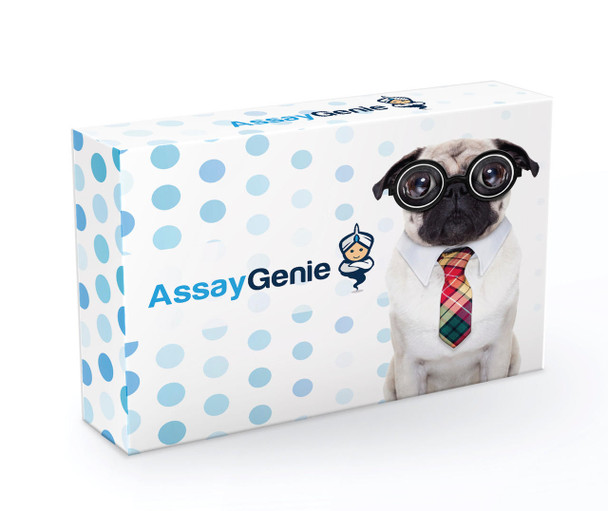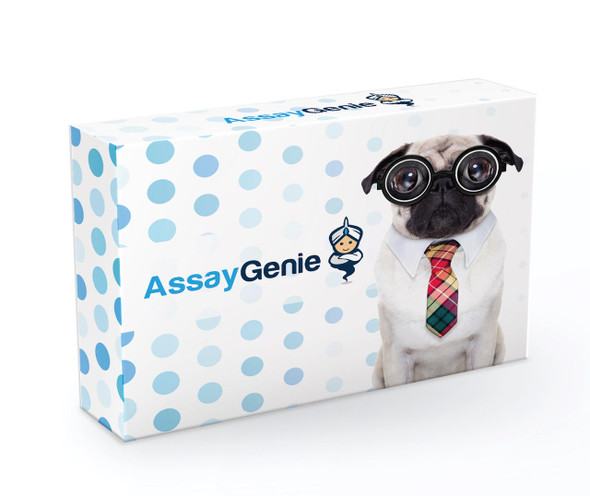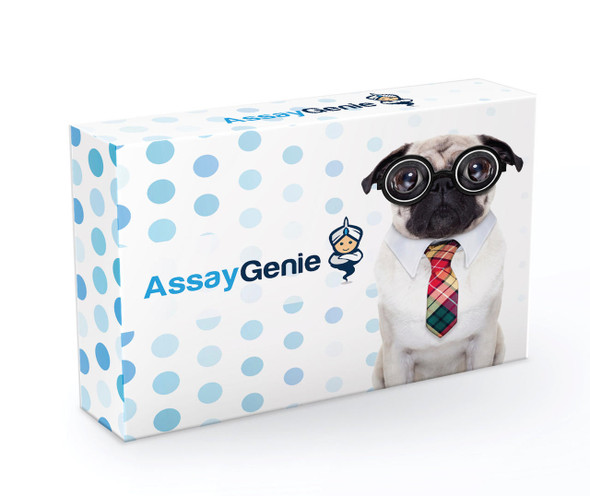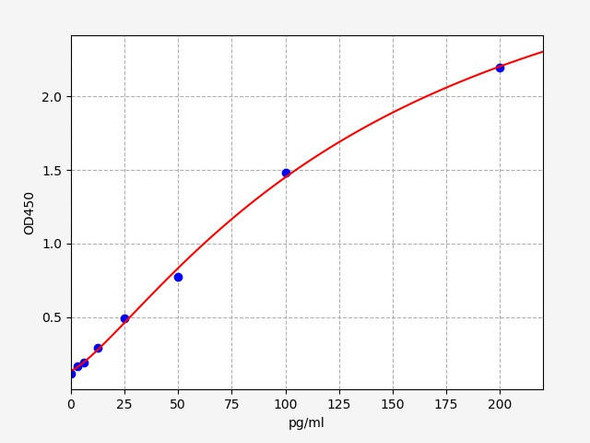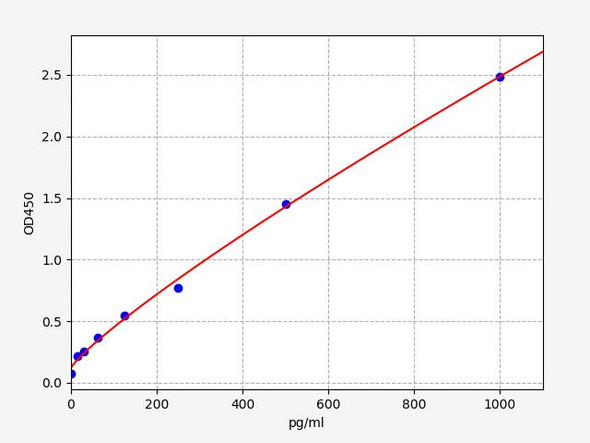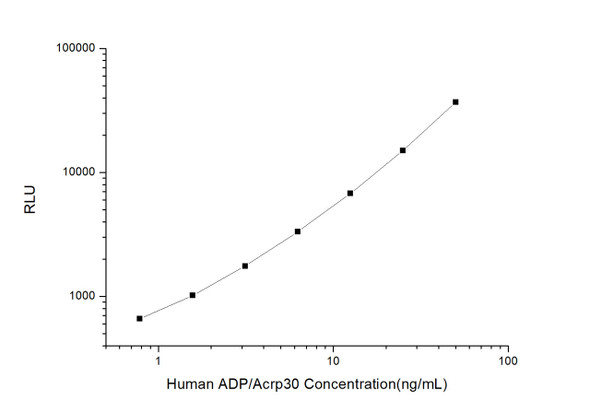Description
| Product Name: | QuickStep Human ADP/Acrp30 (Adiponectin) ELISA Kit |
| Product Code: | AEES00644 |
| Assay Type: | Sandwich |
| Format: | 96 Assays |
| Assay Time: | 2.5h |
| Reactivity: | Human |
| Detection Range: | 0.39-25 ng/mL |
| Sensitivity: | 0.18 ng/mL |
| Sample Type & Sample Volume: | Serum and plasma, 50μL |
| Specificity: | This kit recognizes Human ADP/Acrp30 in samples. No significant or interference between Human ADP/Acrp30 and analogues was observed. |
| Reproducibility: | Both intra-CV and inter-CV are < 10%. |
| Application: | This ELISA kit applies to the in vitro quantitative determination of Human ADP/Acrp30 concentrations in serum and plasma.Please consult technical support for the applicability if other biological fluids need to be tested. |
This ELISA kit uses the Sandwich-ELISA principle. The micro ELISA plate provided in this kit has been pre-coated with an antibody specific to Human ADP/Acrp30. Samples (or Standards) and biotinylated detection antibody specific for Human ADP/Acrp30 are added to the micro ELISA plate wells. Human ADP/Acrp30 would combine with the specific antibody. Then Avidin-Horseradish Peroxidase (HRP) conjugate are added successively to each micro plate well and incubated. Free components are washed away. The substrate solution is added to each well. Only those wells that contain Human ADP/Acrp30, biotinylated detection antibody and Avidin-HRP conjugate will appear blue in color. The enzyme-substrate reaction is terminated by the addition of stop solution and the color turns yellow. The optical density (OD) is measured spectrophotometrically at a wavelength of 450 ± 2 nm. The OD value is proportional to the concentration of Human ADP/Acrp30. You can calculate the concentration of Human ADP/Acrp30 in the samples by comparing the OD of the samples to the standard curve.
| Kit Components: | An unopened kit can be stored at 2-8℃ for six months. After test, the unused wells and reagents should be stored according to the table below.
|
| 1. | Add 50μL standard or sample to the wells, immediately add 50μL Biotinylated Detection Ab working solution to each well. Incubate for 90 min at 37°C |
| 2. | Aspirate and wash the plate for 3 times |
| 3. | Add 100μL HRP conjugate working solution. Incubate for 30 min at 37°C. Aspirate and wash the plate for 5 times |
| 4. | Add 90μL Substrate Reagent. Incubate for 15 min at 37°C |
| 5. | Add 50μL Stop Solution |
| 6. | Read the plate at 450nm immediately. Calculation of the results |
Adiponectin(Acrp30/ADP), is a hormone exclusively secreted by adipocytes that regulates energy homeostasis, and glucose and lipid metabolism[1]. In human, it is a 244 amino acid, 30kDa, protein encoded by gene apM1, that shares structural homology with collagen Ⅷ and Ⅹ and complement factor C1q[2]. Adiponectin assembles into different complexes including trimers (low molecular weight), hexamers (middle molecular weight), and higher order oligomeric structures (high molecular weight) that may affect biological activity[3]. Adiponectin is an adipocyte-derived protein with wide ranging paracrine and endocrine effects on metabolism and inflammation. It promotes adipocyte differentiation, fatty acid catabolism, and insulin sensitivity. Research has shown that adiponectin is associated with many kinds of diseases, such as obesity, insulin resistance, type 2 diabetes, hyperlipidemia, hypertension, atherogenesis and renal disease[2].

